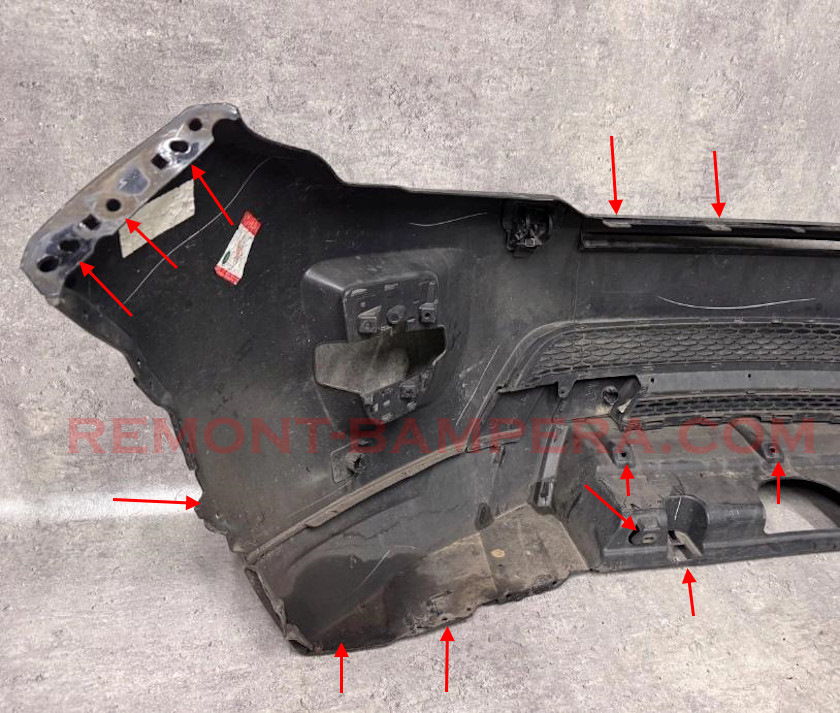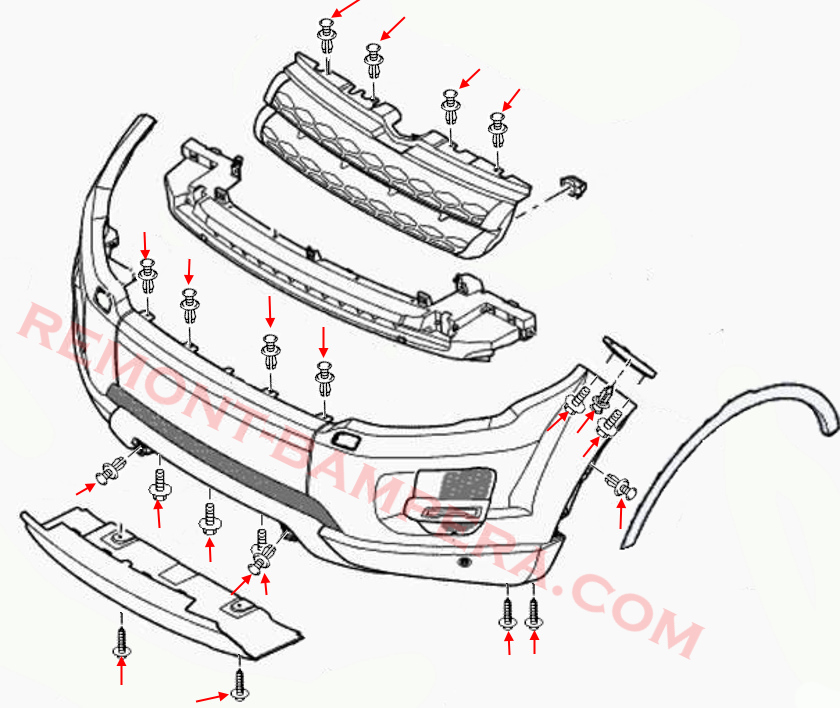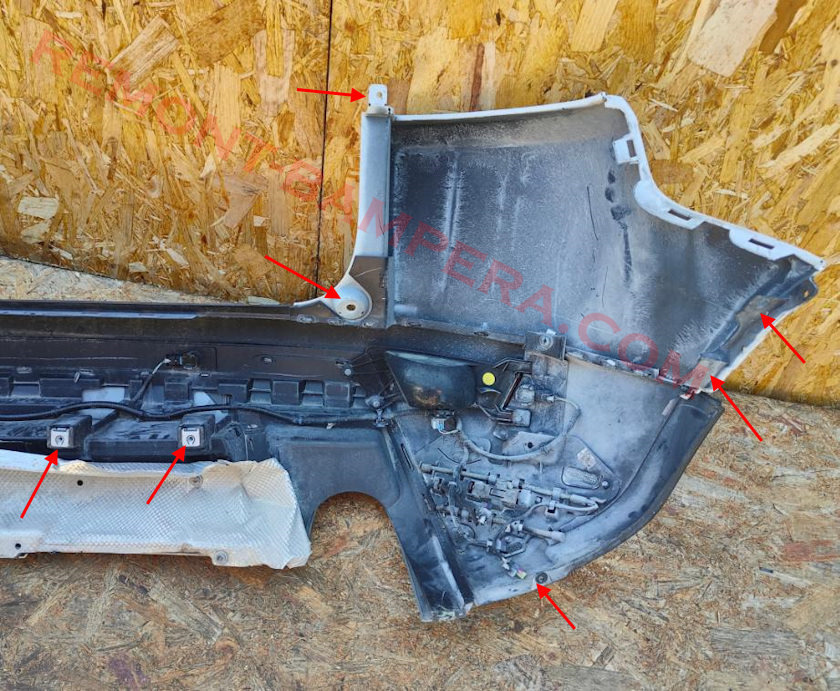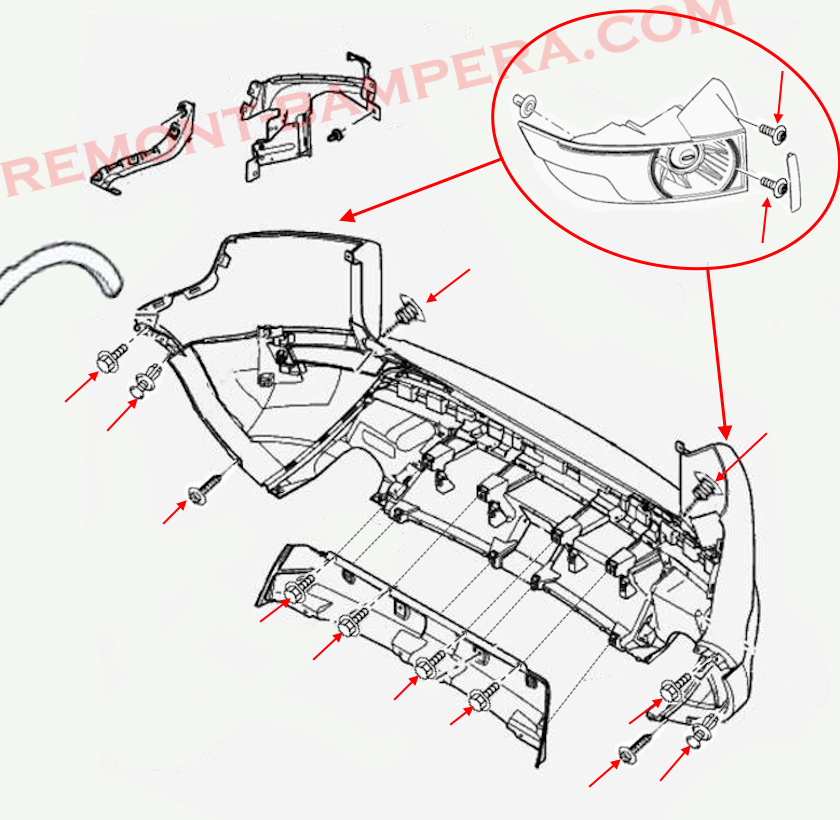When Land Rover introduced the first generation of the Range Rover Evoque in 2011, the world of SUVs changed forever. It was a bold experiment—taking the DNA of a classic Range Rover and packaging it into a daring, compact body. The model quickly won public admiration, becoming one of the most successful premium crossovers of its time.
Model Code and Platform
The first-generation Evoque carried the factory designation L538 and was based on the Ford EUCD platform, which was also used in the Volvo XC60 and Land Rover Freelander 2. Despite sharing roots with Ford, the British engineers thoroughly refined the chassis, adapting it for off-road use.
2015 Facelift
In 2015, the Evoque underwent its first and only facelift. Externally, the changes were minimal: a slightly updated front bumper, radiator grille, and LED lighting. Inside, the model received a new InControl Touch Pro infotainment system with a touchscreen, along with improved trim materials.
However, the key changes were technical:
- Diesel engines were updated to comply with the Euro 6 emissions standard.
- A nine-speed ZF 9HP automatic transmission replaced the previous six-speed unit.
- The All-Terrain Progress Control system was added—an "off-road cruise control" that automatically maintains speed on challenging terrain.
Bumper Plastic Composition: A blend of polypropylene and ethylene/propylene with 15% filler. Marking: >PP+E/P+TD15<
How to Remove the Front Bumper
- Open the hood.
- Under the hood, remove the four clips (inserted top to bottom) securing the radiator grille.
- Remove the radiator grille (grip the lower part and pull toward you. Note the rubber seal).
- Under the radiator grille, remove the four push-pins (inserted top to bottom) securing the upper part of the front bumper.
- From the underside, unscrew two bolts and remove the tow hook cover (pull forward).
- Under the cover, unscrew three bolts and remove two clips.
- Turn the wheels inward one at a time to access the wheel arches.
- Release the front part of the wheel arch liners (held by clips; pry and pull toward you).
- Unscrew two bolts from the underside, remove one clip under each wheel arch liner, unscrew two plastic nuts, and remove the front half of the fender liners.
- Behind the fender liners, unscrew two bolts and remove one clip on each side securing the bumper to the fenders (the clips often break when removed).
- Behind the left fender liner, disconnect the fog light and parking sensor connectors.
- On the right side, detach the headlight washer system hoses (note: fluid may spill).
- With an assistant, pull the bumper forward to remove it.


How to Remove the Rear Bumper
- Open the trunk lid.
- Near the taillights, remove the covers and unscrew two bolts under each (the lower two bolts secure the upper part of the rear bumper through the taillights).
- Release the taillights from their mounts in the fenders and remove them.
- Inside the trunk opening, remove two clips.
- From the underside, unscrew four upper bolts (10 mm) securing the bumper through the aluminum reflector.
- In the wheel arches, unscrew two bolts and remove one clip on each side.
- Release the wheel arch liners from the bumper (held by two clips each; pull toward you).
- Release the clips in the fenders (grip the corner and pull toward you).
- With an assistant, pull the bumper rearward to remove it (watch for wiring).
- Disconnect the electrical connectors.


Design: From Concept to Production
The Evoque inherited its styling from the 2008 LRX concept designed by Gerard McGovern. A unique feature was the dome-shaped roof, tapering toward the rear, giving the car a dynamic silhouette.
Two body styles—five-door and three-door (Coupe)—made the Evoque even more versatile. However, the three-door version was discontinued after the facelift due to low demand.
Technical Features
Despite its compact size, the Evoque remained a true Land Rover:
- All-wheel drive (part-time in base models, full-time in top versions).
- Wading depth of 500 mm.
- Terrain Response system with modes for different surfaces (mud, snow, sand).
Engines:
- Petrol: 2.0L (240 hp); post-facelift—2.0L turbo (290 hp in the Evoque SVR).
- Diesel: 2.2L (150–190 hp)—fuel-efficient but not the most reliable (known issues with the fuel system).
Interesting Facts
- Hollywood debut: The Evoque appeared in Mission: Impossible – Fallout (2018) with Tom Cruise.
- Fashion collaborations: Land Rover released the Victoria Beckham Edition (2012) designed by the famous singer.
- Electric prototype: A hybrid version was tested in 2013 but never reached production.
- Rally record: A modified Evoque competed in the Silk Way Rally, proving even a "city" SUV could be rugged.
Legacy of the First Generation
The Evoque I remained in production until 2018, when it was replaced by the second generation. But it was this model that set the trend for premium compact SUVs, proving luxury could be dynamic and bold. Today, used first-gen Evoques remain popular, though buyers should be cautious (especially with diesel variants).
This was a car that changed the game—not just a scaled-down Range Rover, but an iconic, standalone design, bold and instantly recognizable.

 English
English  Italiano
Italiano  Français
Français  русский
русский  Deutsch
Deutsch  Español
Español